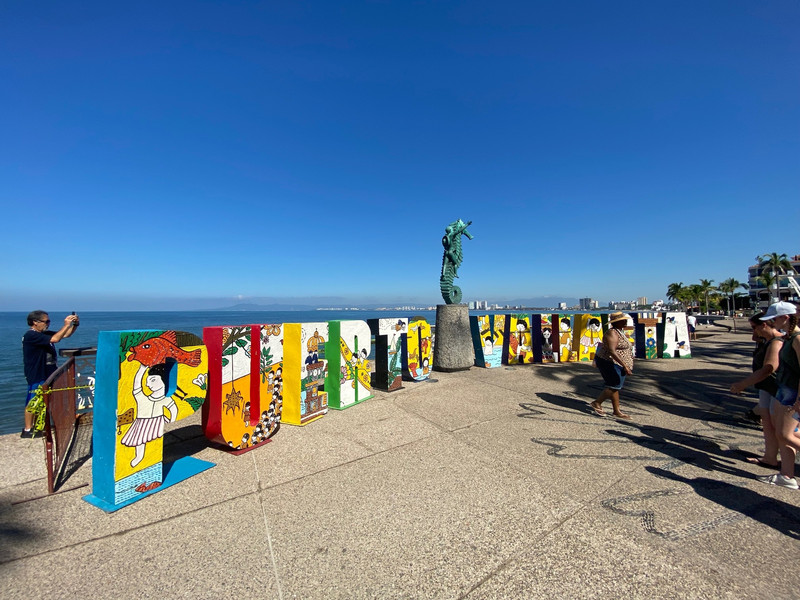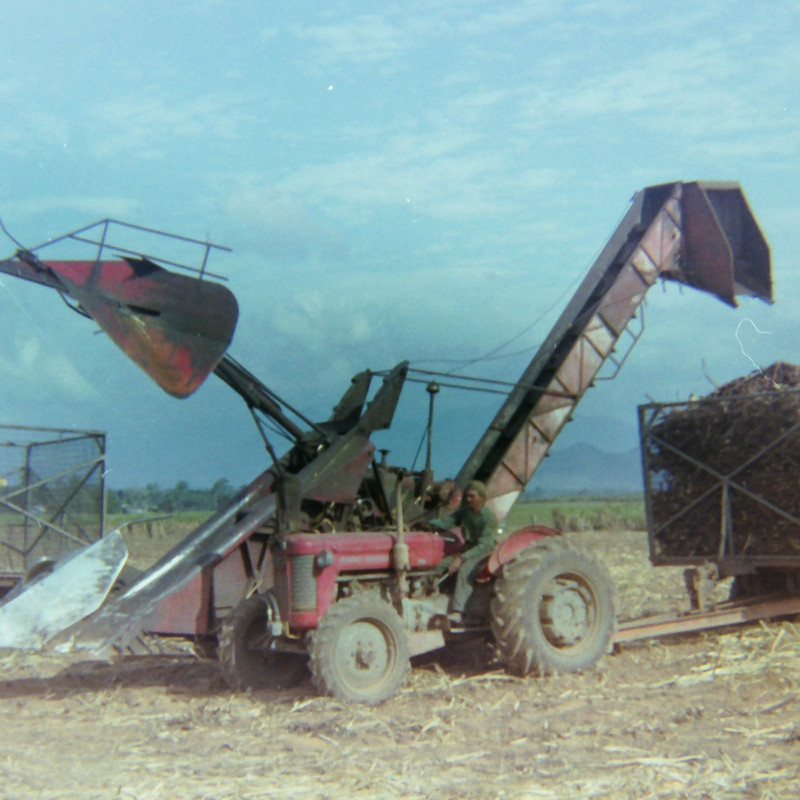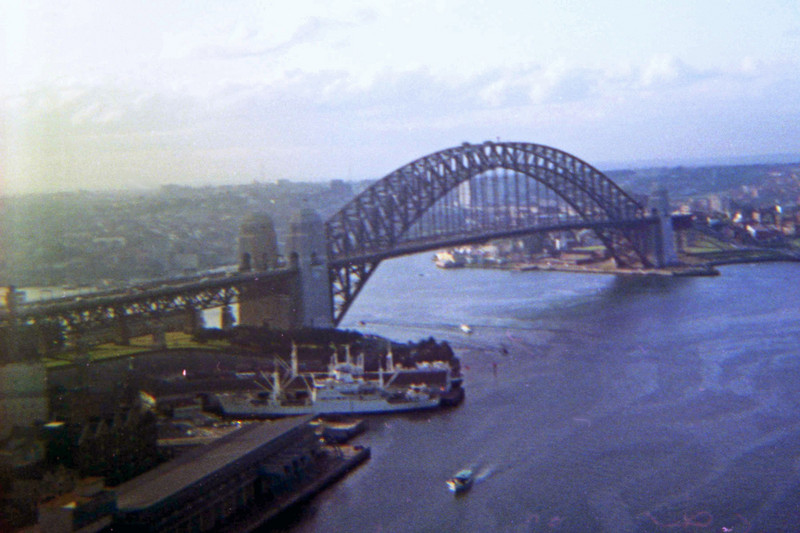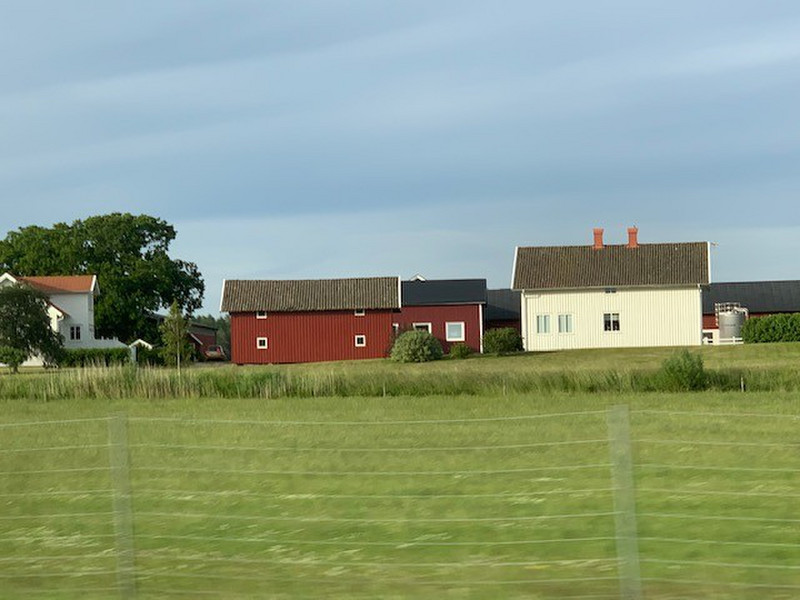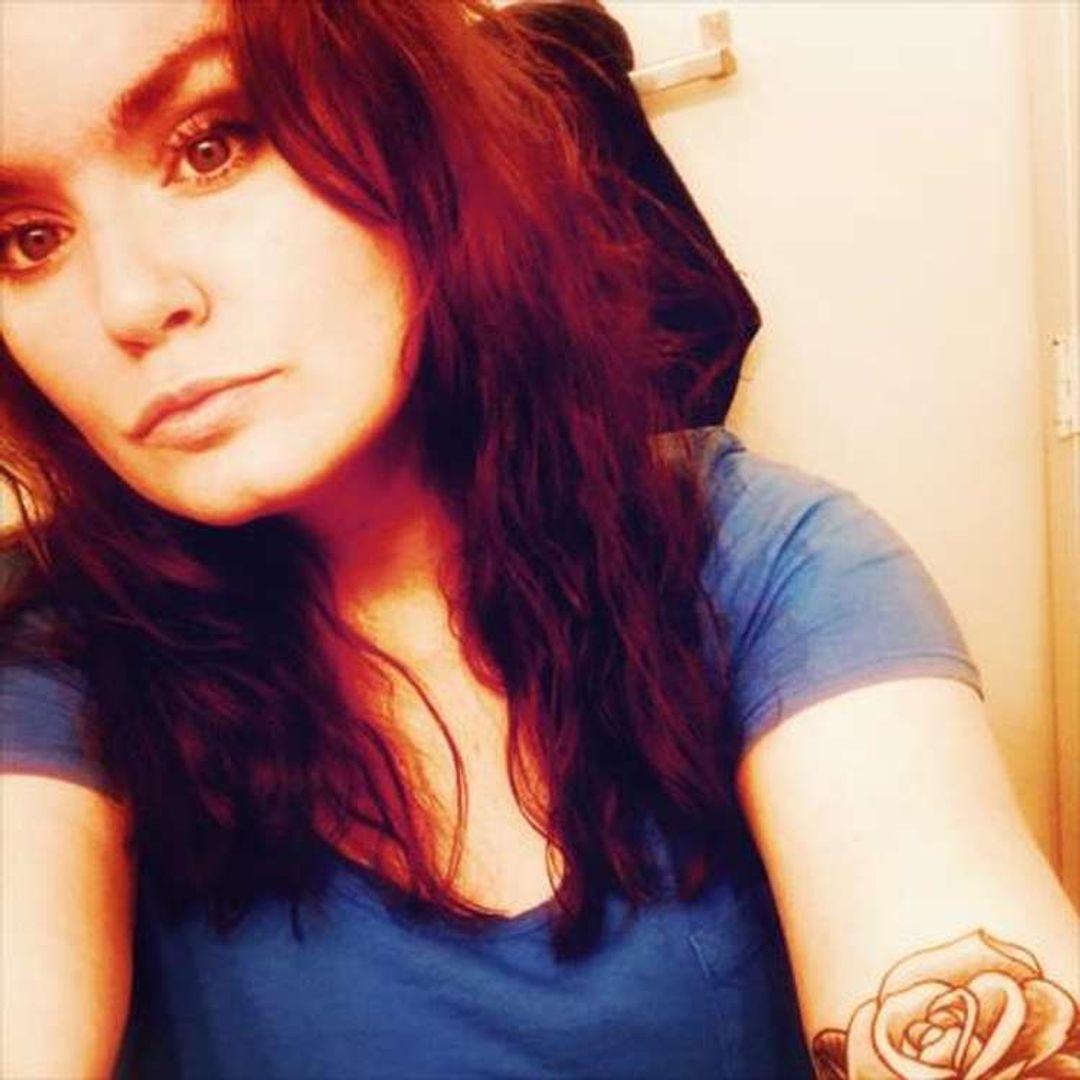Accademia di Belle Arti founded in 1563 and location of the Galleria dellAccademia. View along Via Ricasoli. DSC_0146p1
Florence sightseeing began with an early morning visit to the Galleria dellAccademia. There is usually a long queue to enter, so this was a wise first stop. Souvenier shops line Via Ricasoli, the street next to the Galleria. Naturally, they sell Michelangelo related items, especially ones relating to David. Like the full apron or the so you can have your head on Davids body.
The Galleria dellAccademia in Florence is indeed home to Michelangelos sculpture of David. It is a museum for visitors to Florence. David was on display in the Piazza della Signoria from 1504 until he was moved indoors into his own rotunda in 1873. Ive seen reproductions of David from Forest Lawn in Glendale, California, to the ones in Florence. But there is nothing like actually viewing the real thing. The figure appears to be caught in a moment of time, David taking the measure of Goliath while exhibiting vulnerability at the same time, as our excellent local guide pointed out. Even though the statue was to have been set high up in the Duomo, Michelangelo did on detail. Perfection carved from a single block of imperfect marble.
Galleria dellAccademia. Michelangelos David and a series of his unfinished works are displayed here. Via Ricasoli IMG_0281
centerpiece of the collection. But leading to it are four of Michelangelos unfinished sculptures, known as the Captives. They are dramatic as they are. Dont overlook them. The figures appear to be struggling to emerge from the marble, and Michelangelo said his work was to reveal what was already in a block. The were not finished because Pope Julius II, then for St. Peters, put the project on hold. Unfinished works, known as are not among Michelangelos undertakings. It might be he did not have time to finish them, or it might be they did not live up to his expectations. An unfinished Pieta displayed with others may not be by Michelangelo but the work of a contemporary. Nevertheless, it is very powerful and appears very modern, like an abstract sculpture.
The historic center of Florence was very crowded this day because of the Corre la Vida, a 13 km run in support of breast cancer research. The race started at Piazza del Duomo at 9:30 with the finish line at Piazza della Signoria. Participants, spectators, and media all added to the daily throng.
Florence Cathedral (Duomo or La Cattedrale di Santa Maria del Fiore). The dome was constructed in Historic Centre of Florence UNESCO World Heritage site. DSC_0149p1
to the Piazza del Duomo. Here are the spectacular Cathedral (Duomo), Battisterio and Campanile. They are tightly enclosed by buildings, so one cannot enjoy them at a distance as at Pisa. Instead, one must view the Cathedrals dome from side streets. The Cathedrals faade and Campanile face the Piazza, but are difficult to take in in one vista. We examined the faade of the Cathedral but did not go in. The Cathedral was consecrated in 1436 with of Brunelleschis dome. But the faade is much newer. It had been left unfinished and in The Campanile, 276 ft. (85 m) tall, is shorter than the dome. It was designed by Giotto in 1387. The Battistero is across from the Cathedrals faade. Consecrated in 1059, it predates the Cathedral and was in fact Florences cathedral until 1128. It was remodeled into its present form in he 13th Century. The Porte del Paradiso (Gates of Paradise) bronze doors by Ghiberti are its most famous feature. The ten panels of the doors depict scenes from the Old Testament. They were installed in 1452, but were removed for restoration as display indoors in 1990. The doors one
Florence Cathdedral (Duomo or Santa Maria del Fiore). Marble faade designed by Emilio De Fabris (1808–1883) in 1871 and built between 1876 and 1887. Historic Centre of Florence UNESCO World Heritage sire.

